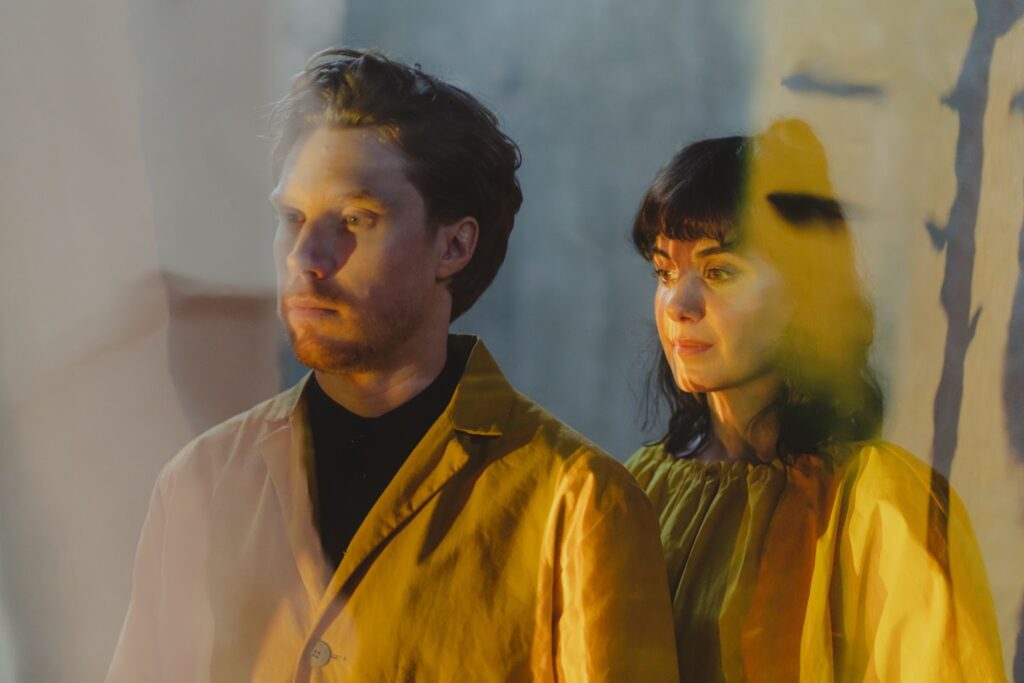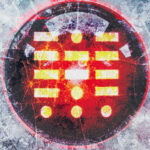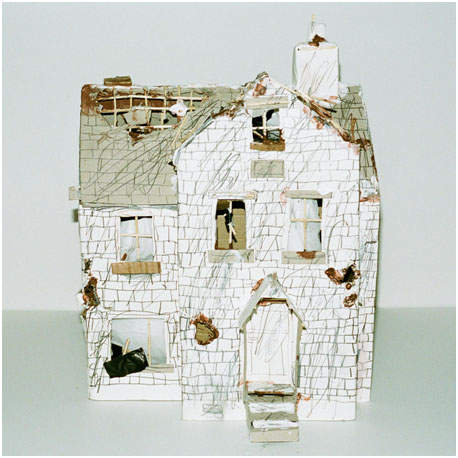Violinist, composer, and Grammy Award-winning sound engineer, Simon Goff, and multi-platinum-selling singer-songwriter, Katie Melua, today unveil their new single ‘Textures of Memories’, the second offering from their forthcoming collaborative album, Aerial Objects. The album is due for release digitally and on CD on 15th July via BMG and on vinyl on September 2.
DOWNLOAD/STREAM ‘TEXTURES OF MEMORIES’
Speaking on the new single, Katie says: “This is set in the Manhattan of my memory, the image of sunlight streaking down some of the long avenues. I haven’t been there for years, but the impact of that architecture on you is profound. This song continues the idea around creating and writing, how to capture memories and how to capture the feelings of relationships, especially in their early stages. Songs and memories obviously suit each other; the lyrics are also about my man and his positivity. From having been through a few failed relationships, I wanted to represent both those scars in me and the feeling of grandness of being with him, of this love and how it can ebb and flow in this beautiful way.”
Simon Goff and Katie Melua were two musicians who moved in very different musical circles. Simon being more closely aligned to a bloodline of artists who inhabit an area between electronic, classical and post-rock, with his unique approach to sound seeing him work with some of the world’s most acclaimed musicians, including Academy Award-winning composer Hildur Guðnadóttir on the scores for Joker and Chernobyl – both of which earned him Grammy Awards. Katie, meanwhile, has released 8 Top 10 UK albums across a 20 year career littered with modern standards including ‘Closest Thing To Crazy’ and ‘Nine Million Bicycles’. Her latest LP, Album No.8, was released in 2020 to huge acclaim and the accompanying Acoustic Album No.8 was released in 2021 which featured contributions from Simon on ‘Remind Me To Forget’ and ‘Maybe I Dreamt It’.
After that initial collaboration on Katie’s album, the pair agreed they immediately wanted to test the boundaries of what a collaboration could look like from a blank canvas.
An exhibition the pair attended at the iconic brutalist edifice of the König Gallery in Berlin was the catalyst for the album’s thematic terrain. A discussion on the emotional effects of different spaces and architecture sparked an exploration of landscapes, both man-made and natural, and turned into experimental compositions that move, moment by moment, between the song spaces of Katie and the immersive melodies of Simon.
With Simon at the musical helm and Katie’s imagination and lyrical freedom addressing how environments shape her thinking and state, this six-track collaboration record is an exploratory project of two artists searching beyond their usual musical boundaries into places unknown.
On the album, Simon says “The process of making this album has been one of discovery and giving space to each other. The sensitivity needed for this kind of process has allowed many things to surface, from us discovering the differences in how we listen to and hear music and lyrics, to our own deeply personal life experiences. The record for me is a representation of us exploring the space that exists between us and discovering a common voice from within it.”
Katie says “I was fortunate enough to work with Simon when he appeared as a guest on an acoustic album I released late last year. During those sessions, and as a maker of immersive musical landscapes, Simon talked to me about creating records that make the listener feel like they are inside the orchestra. We agreed that we needed to create something new together – with a focus on how different environments affect the human condition.
She continues “On Aerial Objects, our two artists’ worlds have merged to create a new space: Simon on the violin, analogue processing and synths, coming together with my world of traditional records rooted around the pop song. Lyrically this work has allowed me the freedom of imagination to address how environments shape my thinking and state; how the use of language and story-telling influence me; as well as the opportunity to finally reflect on a time in my life when I was recovering from a very challenging psychiatric illness.”








